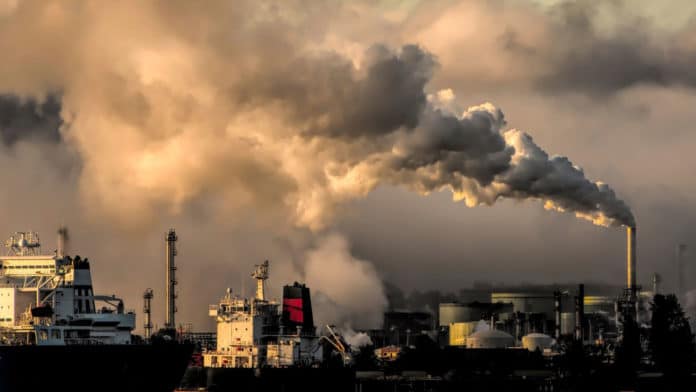Bioenergy is renewable energy produced from natural sources capable of replacing fossil energy. When combined with geothermal, it can potentially supercharge renewable electricity and create a carbon sink.
UC Engineering Ph.D. student Karan Titus has shown that combined geothermal and bioenergy plants could remove a million tonnes of CO2 each year.
The work still is in its early stages. According to Titus, it could be a promising step as the world’s economies continue major plans for decarbonization.
His doctoral co-supervisor, UC Civil and Natural Resources Engineering Senior Lecturer Dr. David Dempsey, says: “Finding new ways to minimize, or even reverse, emissions from geothermal energy sources can help Aotearoa New Zealand decarbonize its electricity sector by 2050 and reach a net-zero emissions economy by 2050, as set out in the 2019 Zero Carbon Act.”
This project focuses on an exciting strategy for not just reducing CO2 emissions from geothermal but also removing CO2 from the atmosphere and storing it underground. Carbon sequestration is a critical component of most international climate agreements, as the process is known.
Traditional carbon sequestration is still very challenging. The deep injection wells require tens of millions of dollars, and the buoyant gas tries to escape upwards.
Titus said, “Geothermal systems solve both these problems. The wells have already been drilled, and we can dissolve CO2 into water that has to be reinjected anyway. This new approach is already being trialed in Iceland, another country with significant geothermal resources.”
Titus has investigated a new technology called Geothermal-BECCS (Bioenergy and Carbon Capture & Sequestration) that sees forestry waste burned to generate electricity. It captures the CO2 from the atmosphere and injects it underground. Together, bioenergy and geothermal energy can combine to create more electricity than geothermal alone.
Titus’s co-supervisor, UC Civil Systems Engineering Lecturer Dr. Rebecca Peer, said, “Karan’s work targets some key issues for Aotearoa’s future energy system. Providing a reliable pathway for electricity generation that has net-negative emissions is very powerful and sets a great example for the rest of the world.”
